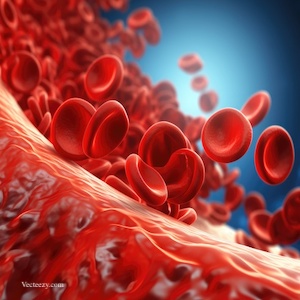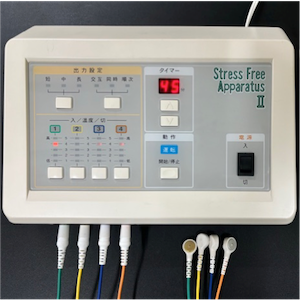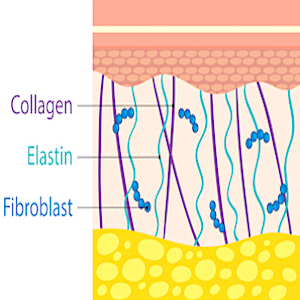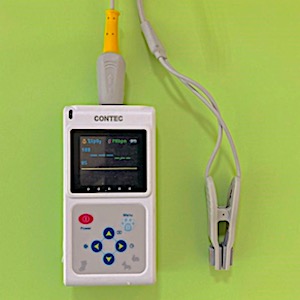A comparative study of photobiomodulation enhancing hemostasis in older patients at risk of extraction socket bleeding

All claims expressed in this article are solely those of the authors and do not necessarily represent those of their affiliated organizations, or those of the publisher, the editors and the reviewers. Any product that may be evaluated in this article or claim that may be made by its manufacturer is not guaranteed or endorsed by the publisher.
Accepted: 23 February 2025
Authors
Laser therapy effectively reduces the risk of excessive bleeding, a critical condition in rural healthcare units due to limited hemostatic tools and specialist availability. This research aimed to compare the clinical outcomes of utilizing lasers to enhance socket hemostasis in Thailand’s primary, secondary, and tertiary-level healthcare units. This prospective observational study involved a total of 27 patients, aged 50 and older, who were at risk of extraction socket bleeding due to medications or gingival inflammation. Each study unit provided routine dental treatments along with supplemental laser therapy, as chosen by the operators. A single researcher assessed the related clinical outcomes. Primary and secondary-level healthcare units utilized an 810 nm diode laser; in contrast, a tertiary-level healthcare unit employed a 653 nm and 980 nm diode laser. Soft-assisted tissue loosening was conducted using 810 nm or 980 nm diode lasers, with a power of 2.5 to 3 W delivered via a 320-micron optical fiber. To initiate blood clot formation, a 635 nm at 0.2 W, 5.08 J/cm2 via 8-mm diameter laser probe, or 810 nm at 0.8 W, 5.93 J/cm2 via 6-mm diameter biomodulation probe was applied for 10 s per session. Secondary and tertiary-level healthcare units often combined laser-assisted soft tissue loosening and photobiomodulation, whereas the primary-level healthcare unit generally opted for utilizing photobiomodulation alone (p<0.001). Laser therapies employed in this study achieved socket hemostasis in 72 out of 86 sockets, with 55 achieving hemostasis within 5 min. The operators confirmed the clinical efficacy in reducing hemostasis duration across all study units (p=0.702), without experiencing post-extraction bleeding or clinical complications. Our findings indicate that a combination of laser-assisted soft tissue loosening and photobiomodulation to induce blood clot formation is a safe and effective local measure for enhancing socket hemostasis.
Supporting Agencies
This study was supported by the Fundamental Fund (2024), which Khon Kaen University received from the National Science Research and Innovation Fund (NFRF) and the Lasers in Dentistry Research Group, Khon Kaen, ThailandHow to Cite

This work is licensed under a Creative Commons Attribution-NonCommercial 4.0 International License.










